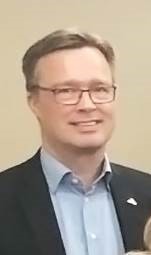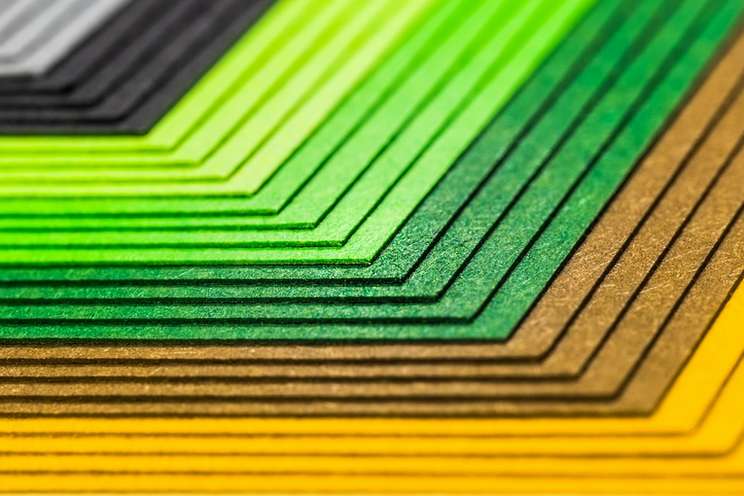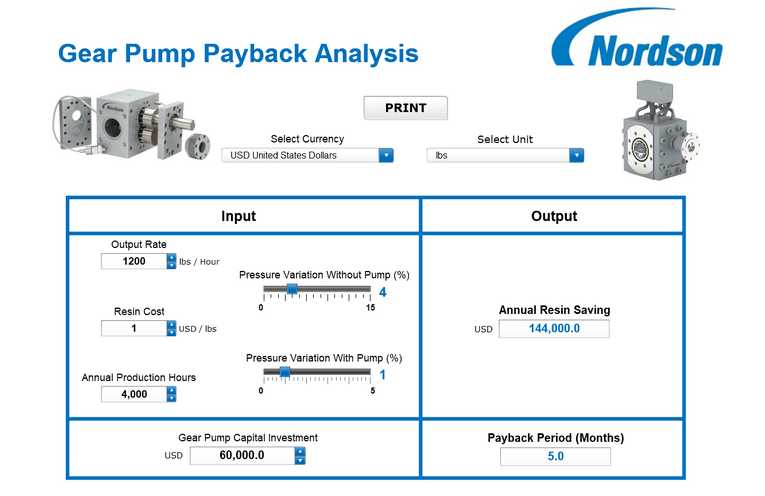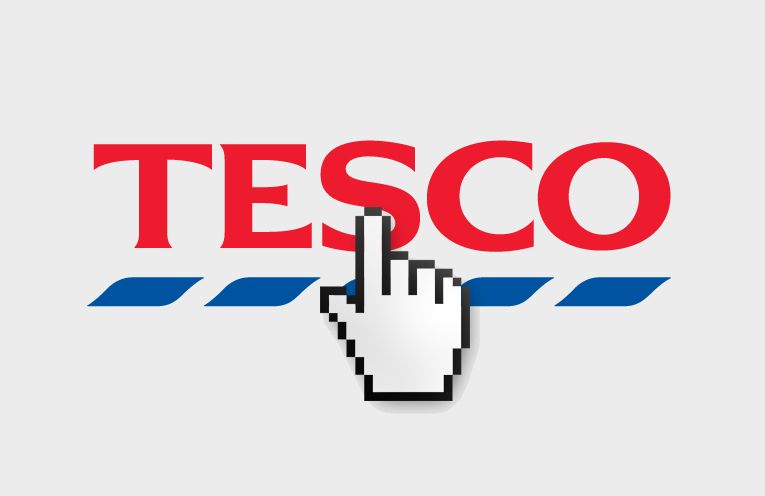Under the coordination of its Sustainability Committee, WPO (World Packaging Organisation) is releasing a Position Paper about Packaging in Circular Economy. According to the author, Antro Säilä, WPO Vice President Sustainability, from Finland, “in order to ensure that the world remains sustainable for the future human generations, we have no other alternative but to learn to live in a circular economy”.
WPO Position Paper aims to highlighting the issue of a circular economy and the role(s) of packaging within it. The document is based on recent data and research carried out by numerous scientists and “think-tanks” around the world. “The end of this paper deals with current and envisaged role of WPO in a circular economy context”, completes.

After passing through the concept of Circular Economy, based on Ellen McArthur Foundation´s definition – design out waste and pollution; keep products and materials in use; regenerate natural systems – WPO Position Paper describes the possible roles of packaging in the context as being:
- Packaging can contribute to reduce waste and thus making a circular economy more efficient (eg. by prolonging shelf life or protecting packaged goods).
- Packaging can be reused (eg. b2b transport packaging inside and/or between industries and trade or in deposit systems in b2c trade).
- Packaging materials can be recycled.
- High energy content packaging (e.g. fibre and plastic) can be used for energy generation when it can no longer be reused or recycled.
Due to this deep research, Antro Säilä defines as WPO´s belief: “WPO believes that the world must change. We must be determined and move quickly from a linear economy to a circular economy in order to maintain the world sustainable for the future human generations.”
WPO President, Pierre Pienaar, adds: “Sustainability is most important to the WPO and we are most pleased that this Position Paper has been presented by WPO VP Sustainability, Antro Säilä. Antro is a passionate advocate for the role that packaging can play in protecting and promoting sustainability. He is well connected with global stakeholders, across industries, and often sought after for his opinion on the subject.”
The complete version of the new WPO Position Papers on Circular Economy is below in the post. Soon it will also be available, for download, at WPO webpage www.worldpackaging.org.
1. Header
The World is facing enormous challenges. Principal amongst these are climate change, environmental destruction, scarce resources, globalisation, population growth as well as demographic change.
One of the commonly recognized ways for human societies to adapt to these challenges is moving from a linear to a circular economy. Today we are consuming raw materials more than the world is able to produce. Renewable raw materials would last for less than 6 months every year if we would limit consumption to the annual growth.
In order to ensure that the world remains sustainable for the future human generations we have no other alternative but to learn to live in a circular economy. For this reason, this WPO position paper aims at highlighting the issue of a circular economy and the role(s) of packaging within it. This paper builds on recent data and research carried out by numerous scientists and think-tanks around the world. The end of this paper deals with current and envisaged role of WPO in a circular economy context.
2. Introduction
The term Circular Economy encompasses more than the production and consumption of goods and services, including a shift from fossil fuels to the use of renewable energy, and the role of diversity as a characteristic of resilient and productive systems. It includes discussion of the role of money and finance as part of the wider debate, and some of its pioneers have called for a revamp of economic performance measurement tools.
The concept of a circular economy (CE) has been first raised by two British environmental economists David W. Pearce and R. Kerry Turner in 1989. In Economics of Natural Resources and the Environment, they pointed out that a traditional openended economy was developed with no built-in tendency to recycle, which was reflected by treating the environment as a waste reservoir. The circular economy is grounded in the study of feedback-rich (non-linear) systems, particularly living systems. A major outcome of this is the notion of optimising systems rather than components, or the notion of ‘design for fit’. As a generic notion it draws from a number of more specific approaches including cradle to cradle, biomimicry, industrial ecology, and the ‘blue economy’.
Linear “take, make, dispose” industrial processes and the lifestyles that feed on them deplete finite reserves to create products that end up in landfills or in incinerators. According to Ellen McArthur foundation looking beyond the current take-makedispose extractive industrial model, a circular economy aims to redefine growth, focusing on positive society-wide benefits. It entails gradually decoupling economic activity from the consumption of finite resources, and designing waste out of the system. Underpinned by a transition to renewable energy sources, the circular model builds economic, natural, and social capital. It is based on three principles:
- Design out waste and pollution
- Keep products and materials in use
- Regenerate natural systems
In a circular economy, economic activity builds and rebuilds overall system health. The concept recognises the importance of the economy needing to work effectively at all levels – for large and small businesses, for organisations and individuals, globally and locally.
Transitioning to a circular economy does not only amount to adjustments aimed at reducing the negative impacts of the linear economy. Rather, it represents a systemic shift that builds long-term resilience, generates business and economic opportunities, and provides environmental and societal benefits. The model distinguishes between technical and biological cycles. Consumption happens only in biological cycles, where food and biologically-based materials (such as cotton or wood) are designed to feed back into the system through processes like composting and anaerobic digestion. These cycles regenerate living systems, such as soil, which provide renewable resources for the economy. Technical cycles recover and restore products, components, and materials through strategies like reuse, repair, remanufacture or (as a last resort) recycling.
The notion of circularity has deep historical and philosophical origins. The idea of feedback, of cycles in real-world systems, is ancient and has echoes in various schools of philosophy. It enjoyed a revival in industrialised countries after World War II when the advent of computer-based studies of non-linear systems unambiguously revealed the complex, interrelated, and therefore unpredictable nature of the world we live in – more akin to a metabolism than a machine. With current advances, digital technology has the power to support the transition to a circular economy by radically increasing virtualisation, de-materialisation, transparency, and feedback-driven intelligence. The circular economy model synthesises several major schools of thought. They include the functional service economy (performance economy) of Walter Stahel; the Cradle to Cradle design philosophy of William McDonough and Michael Braungart; biomimicry as articulated by Janine Benyus; the industrial ecology of Reid Lifset and Thomas Graedel; natural capitalism by Amory and Hunter Lovins and Paul Hawken; and the blue economy systems approach described by Gunter Pauli.
3. Role of packaging in circular economy
Packaging can play several roles in a circular economy.
Possible roles of packaging:
- Packaging can contribute to reducing waste and thus making a circular economy more efficient (eg. by prolonging shelf life or protecting packaged goods)
- Packaging can be reused (eg. b2b transport packaging inside and/or between industries and trade or in deposit systems in b2c trade)
- Packaging materials can be recycled
- High energy content packaging (e.g. fibre and plastic) can be used for energy generation when it can no longer be reused or recycled
Packaging can play a significant role in reverse logistics which will be an important part of future circular economy. Former waste will become a valuable raw material and should be treated more carefully than before. Reverse logistics is an area of great potential for packaging industry in the future. As a circular economy becomes mainstream in the future energy generation will not be preferred but actually the last choice and used only when all other possibilities have been used.
4. WPO’s position on Circular Economy
WPO believes that the world must change. We must be determined and move quickly from a linear economy to a circular economy in order to maintain the world sustainable for the future human generations. WPO supports a circular economy and strongly advises whole packaging industry to move towards design, production and use of packaging that complies with principle of a circular economy.
WPO believes that in the future all packaging should be based on renewable raw material and recyclable. If the packaging is based on non-renewable raw material it must always be 100 % recyclable. Only packaging that is intended for continuous and long-term reuse can be based on non-renewable raw material and not be recyclable. Even recyclable materials cannot be recycled forever. At the end all packaging material must be either biodegradable or suitable for energy recovery. In the future renewable energy sources will replace fossil ones and energy recovery will become less important and less accepted way of taking care of packaging waste.
forrás: worldpackaging.org 2018.05.31





